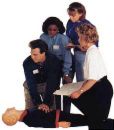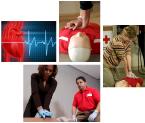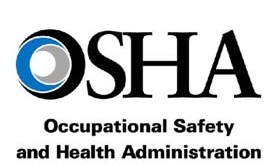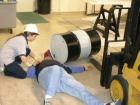Min. 6 students per class
Serving Central and Northern California since 1989





Complies with OSHA Requirements
California State Emergency Services Authority
Journal of the American Medical Association
California State Emergency Services Authority
Journal of the American Medical Association
CLASSES AVAILABLE 24 HOURS A DAY

1-888-722-SAFE
We will come to you and furnish all equipment and supplies.

Give us a call
CPR911.ORG
Welcome to the Cal Safety CPR and First Aid Training website.We have been teaching California safety classes for over 20 years and we are all ways updating our material to keep up with all changes in basic emergency care.Our CPR and First Aid classes are taught by experienced Emergency Professionals in a fun and relaxed atmothphere.
STAFF@CPR911.ORG


Fracture Treatment
* The most important aspect of first aid is to stabilize the arm. Do this by using a towel as a sling. Place it under the arm and then around the neck. An alternate approach to keep the arm from moving is to position a rolled and taped newspaper along the swollen area and to tape it in place.
* Apply ice to the injured area. This can help to decrease pain and swelling. Place ice in a bag and leave it on the arm for 20-30 minutes at a time. It may be helpful to place a towel around the ice bag or in between the bag and the skin to protect the skin from getting too cold. Never put ice directly on the skin.
Arm splint - First Aid
Medical Treatment
The most important aspect of treating fractures is to determine which ones can be treated with outpatient care and which require admission to the hospital.
In most instances, the broken arm will be able to be treated in the emergency department.
* Most fractures will need to have a splint or partial cast applied to stabilize the broken bones. Some breaks especially in the upper arm and shoulder may only need to be immobilized in a sling.
* In addition to splinting the broken arm, the physician will prescribe medicines for pain control and ice to decrease swelling.
* Typically, situations that warrant admission to the hospital are these:
* Bones that have gone through the skin or have lacerations over the broken area
* Fractures that are associated with nerve damage or numbness in the hand.
* Fractures that are associated with blood vessel damage
* Complicated fractures that have multiple breaks, involve the joints, or are unable to be stabilized in the emergency department or doctor's office.
California Safety Classes 24/7
1-888-722-SAFE
1-888-722-SAFE
CALIFORNIA
CPR and FIRST AID
TRAINING
CPR and FIRST AID
TRAINING
